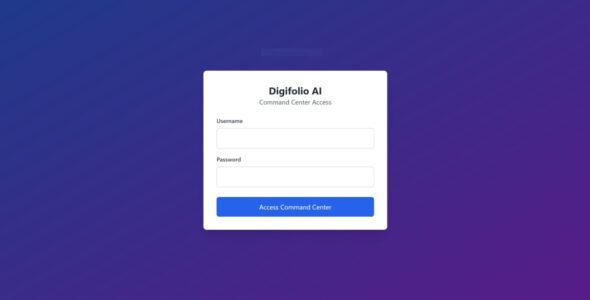Innovative Data Collection Methods in Real Estate: Beyond Traditional Sources
In the digital era, data has become a valuable asset for the real estate industry, driving critical decisions and strategies. While traditional data sources, such as property listings and market reports, are still relevant, innovative data collection methods are revolutionizing the way real estate professionals gather and analyze information. In this article, we will explore some of the cutting-edge data collection methods in real estate and how they provide unique insights for informed decision-making.

1. Geospatial Data and Satellite Imagery
Geospatial data and satellite imagery offer a bird’s-eye view of property locations and surrounding areas. This data provides valuable insights into property characteristics, accessibility, and neighborhood amenities. Real estate professionals can use geospatial data to identify development opportunities, assess environmental factors, and analyze infrastructure projects that may impact property values.
2. Social Media and Web Scraping
Social media platforms and web scraping tools have become valuable sources of data for real estate professionals. Monitoring online conversations and sentiment can provide insights into market trends, customer preferences, and public perception of specific neighborhoods or properties. Web scraping allows professionals to gather real-time data on property listings, pricing, and market activity.
3. Internet of Things (IoT) Devices
Internet of Things (IoT) devices embedded in buildings provide a wealth of real-time data on energy usage, occupancy patterns, and tenant behavior. By leveraging IoT data, property managers can optimize building operations, implement energy-efficient strategies, and enhance tenant experience through personalized settings and amenities.
4. Mobile Apps and Location-Based Services
Mobile apps and location-based services allow real estate professionals to collect data on foot traffic, visitor demographics, and customer preferences in specific areas. This information helps in identifying high-traffic locations, understanding consumer behavior, and tailoring marketing strategies to target specific audiences.

5. Virtual and Augmented Reality
Virtual and augmented reality technologies enable immersive property tours and interactive visualizations. These technologies allow potential buyers or tenants to experience properties remotely, saving time and resources. Real estate professionals can use virtual reality to showcase off-plan developments or allow investors to tour properties from anywhere in the world.
6. Artificial Intelligence and Natural Language Processing
Artificial Intelligence (AI) and Natural Language Processing (NLP) play a significant role in data analysis and decision-making. AI-powered algorithms can process vast amounts of data and identify patterns, trends, and investment opportunities. NLP enables real estate professionals to analyze unstructured data from sources like social media and news articles, providing valuable insights into market sentiment and emerging trends.
Conclusion
Innovative data collection methods are reshaping the real estate industry by providing real-time insights and predictive analytics for better decision-making. By leveraging geospatial data, social media insights, IoT devices, and cutting-edge technologies like virtual reality and AI, real estate professionals can stay ahead of the competition and anticipate market shifts. Embracing these data-driven methods will empower real estate professionals to make informed choices and create successful strategies that meet the evolving needs of the market and customers.






[…] In the digital era, data has become a valuable asset for the real estate industry, driving critical decisions and strategies. […]